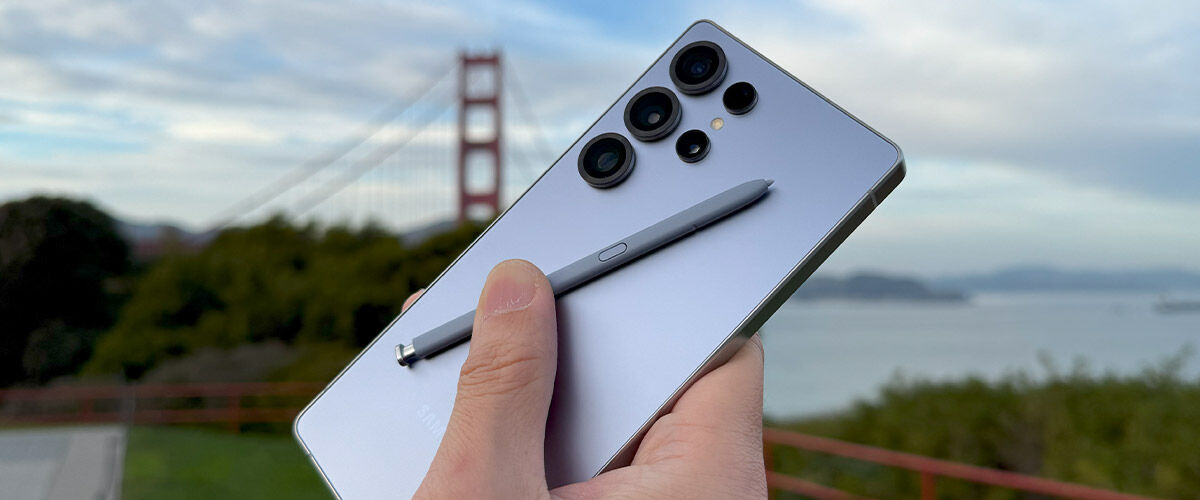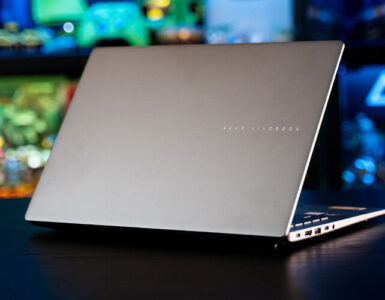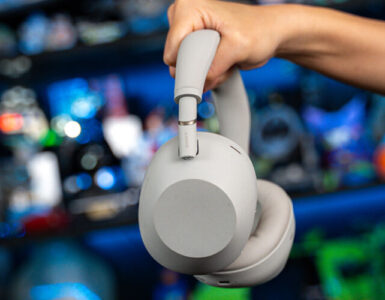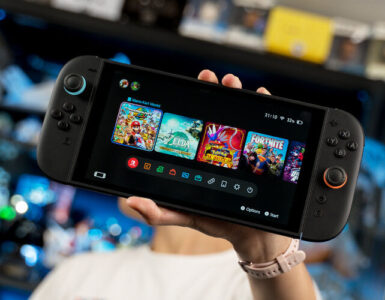It’s no secret that Samsung has been chasing Apple’s cult status for quite some time, copying, modifying and implementing improvements from its longtime competitor to varying degrees of success, but this could well be the year that the Korean tech giant finally succeeds in carving out a trajectory of its own with its Galaxy S25 range of devices, especially with the flagship Galaxy S25 Ultra.

Ironically, this achievement isn’t borne from any eye-popping hardware or new-fangled feature, but as evolving hardware and software goes, the Galaxy S25 Ultra continues the Galaxy S journey of packing the best some of the best hardware in the market, including the octa-core Qualcomm Snapdragon 8 Elite processor, four rear cameras consisting of a 200MP main one, a 50 MP ultrawide, a 50MP periscope telephoto with 5X optical zoom, and a 10MP telephoto with 3X optical zoom, and a 6.9-inch Dynamic AMOLED 2X Quad HD+ screen (3120 x 1440 pixels) with a 120 Hz refresh rate.
Design wise, the Galaxy S25 Ultra looks similar to the S24 and there’s no denying its similarities to the latest Apple iPhone, with its flat display and rounded corners. The edge display also sits very close to the titanium frame (aluminium on the non-Ultra models), giving the slimmer bezels a premium look and feel that few Android devices can match.

And after almost two years of adding new software upgrades in the realm of digital assistants and artificial intelligence, Samsung seems to have found a comfortable footing with a mix of software and hardware that makes the Galaxy S25 Ultra a compelling device, even if Samsung has had to dial back on not making everything the best there is. If you know your hardware, these are excellent specifications but not all are the best that the mobile world has to offer, and this also comes with a realization that consumers are aware of, that there’s no need to constantly upgrade the hardware extensively every year.
In other words, dial back on the need to improve the screen resolution or refresh rate, camera megapixel or battery capacity – incremental upgrades not the reason why consumers rush to buy your latest phone. In fact, it is also something that Apple, notorious for only introducing stable but not always the latest and most advanced hardware, has shown to be successful at doing year on year, so others are also following.

What matters on the Samsung Galaxy S25 Ultra is the introduction of new software in the form of artificial intelligence that almost every tech brand is offering, but with a more refined approach here. As one of the first smartphone brands to incorporate AI into its phones, Samsung has taken several first steps in blending AI software with its hardware and while the offerings have a semblance of cohesion, it has led to something quite impressive here.
But first, the hardware. The Galaxy S25 Ultra gets the biggest upgrade compared to the Galaxy S25 and Galaxy S25+, with a 50MP ultrawide compared to the 12MP on the S25 and S25+. The 50MP telephoto also comes with 5X optical zoom, compared to the 3X on the Galaxy S25+. It’s a nice improvement only for the best that Samsung has, and now enhanced by Samsung’s AI that increases image quality for a sharper viewing experience. Already known for its at times brighter than normal colours, the quality of visuals now stand out even more.








But what good is a sharp image to a regular user, when there are unwanted objects in the shot, and no accompanying digital manipulation skills to correct it? That’s where Samsung’s AI steps in and with Object Eraser, the phone removes unwanted items from a picture, and uses AI to generate what the background should look like. It’s not a new feature for longtime Samsung users but the company has outdone itself compared to its competitors. Is that a hand partially blocking someone else’s face? Are there multiple people in the background messing with your photo? Is that table filled with clutter? The app removes them all and you’re thinking, so what? Other brands have the same tool, but ask yourself what it replaces the removed items with.

Ostensibly, you want an extension of what was in the background to replace the object and this is where other manufacturers drop the ball by introducing weird elements and artifacts that scream bad editing from a six-year-old. Naturally, you can’t expect the software to replace a face if the whole face is blocked by a hand, but Object Eraser easily rebuilds the face if there are enough facial features available in the image for it to rebuild on. Backgrounds are seamlessly reconstructed to take over the objects removed, such as a passing car or an unwanted stranger. And the one key thing that other developers have ignored – shadows. When you remove an object, the software also removes the shadow it casts because it makes sense and it’s the simple care that makes this an impressive tool to have. Having worked on this for many years, the implementation here is surprisingly engaging because once you have a great main image, using AI to remove the unwanted artefacts enhances the overall photo without having you to fiddle too much with things.
This also extends towards video, with Audio Eraser, that eliminates background audio from your videos, whether if it was recorded using the Galaxy S25 family of devices. Did the recording pick up the sounds of traffic in the morning, or the constant gust of wind that creates a hollow echo to the person speaking in the video? Have it all removed in an instant, and this is where you decide if you want to spend S$1,828 (256GB) for the S25 Ultra, or S$1,478 (256GB) for the S25+ and S$1,288 (256GB) for the S25 because these AI features work on Galaxy S25 phone, with any photos or video. The improved hardware helps a little, but the power is in the suite of AI software.
While the Galaxy S25 family of devices also tap on Google’s Gemini, both of these are Samsung features, so you need to use Samsung’s Gallery App, instead of Google Photos. It’s the same with the other new AI features including Now Bar and Now Brief, Samsung’s take on Apple’s Dynamic Island that pulls information from other Samsung apps on the device. Now Bar displays information from your phone in a box at the bottom of the screen and right now, it’s for simple data, such as your timer running in the background. It still needs to be populated by brand support, such as how on the iPhone, it can show you airline information for when you check-in for a flight, or the time it takes for your Uber ride or UberEats to arrive at its destination. Samsung has shown the ability to put your favourite sports games on your calendar, but that’s limited to American football games. Instead of just sports game information, what about pulling information about the latest movie times from the cinemas nearest your location?
Now Brief is currently even more bare as it is supposed to offer users a personalized briefing on your lock screen or home page, such as the weather, news headlines, and upcoming appointments, and is open for app developers to adopt, to provide notifications. The current version is simplistic and not very useful, as it offers two updates, in the morning and later in the day, by culling together some news headlines that aren’t very personalized, and what’s on your Samsung and Google calendars. For those with work calendars, how about access to Outlook, Teams or Webex for that next virtual call? Chances are, it might get there in some form or fashion, but for today, it’s an infrastructure with no brand support.
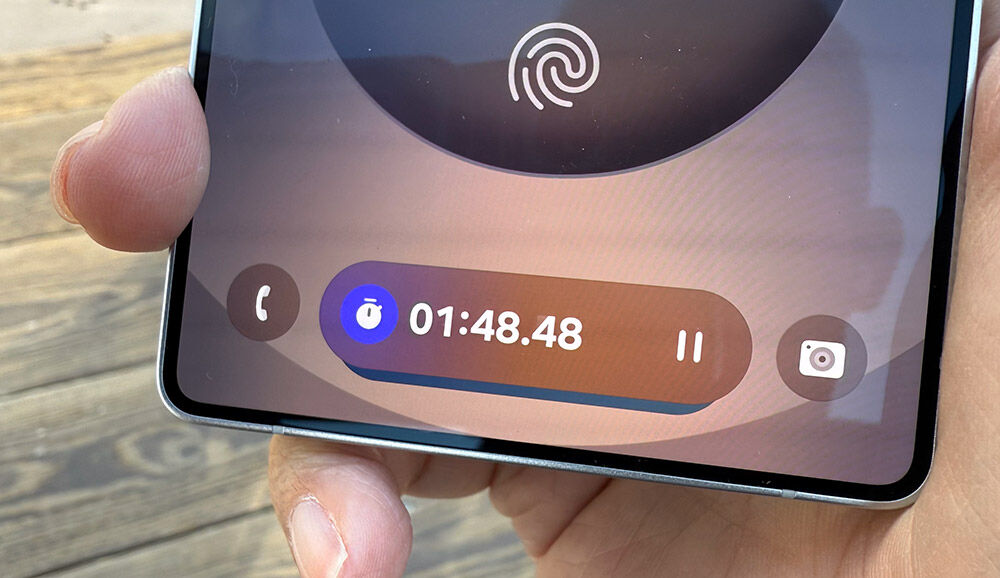
There is also the Drawing Assist that knocks things out of a park. It’s a drawing tool that uses AI to turn your raw scribbles into something recognizable, and it can turn a sketch of a bird into something that resembles a 3D rendering of a flying creature. There are less restrictions when it comes to copyrighted material, in that it is possible to generate renders of licensed characters, including Batman, Iron Man and even Captain America from simple sketches, and the Ai is smart enough to depict these characters in their comic book colours though there are warnings that such general material is for personal use, and not for commercial or redistribution purposes.
Aside from Samsung’s own AI, it also offers other AI features from its software partner, Google, under the Google Gemini umbrella, but it’s up to you to know which AI software links to which AI service, and how to make the most of it.
There’s a Cross App feature, where you can ask Gemini to perform functions across different apps, including asking it to extract information from a YouTube video, create a note with it, which you can then easily copy and paste and send it to friends in an email or as a message. Simply long press the Power button while watching a YouTube (owned by Google) video and you can verbally ask or type instructions for Gemini to summarise the video, or even extract information from that video, and create a Samsung Note from it. It’s a fun way to summarise information from a short video, and what worked really well was asking the phone to analyse a Mandarin video for a Chinese recipe, provide a step-by-step breakdown, translate it to English and then save it onto the Notes app on the phone.

It works really well but the more you use it, you notice its limits. Most times, the summary is really short, which works well for a 10-minute video, but not if you want more details from a 30-minute video. Oh, and no matter how we asked, it would not do the reverse – it can easily list down the steps of an English recipe, but would not translate it to Mandarin onto a note.
Still, one expects that when other app makers sign on for this, there will be more than can be done across apps on one device with a simple voice command, instead of having users do it one at a time.
When it comes to AI, the improvements and updates aren’t perfect, but the ones that work show promise and potential. When it comes to hardware though, Samsung has taken a step back with the S Pen writing tool that comes with the device. A spill-over from the now defunct Galaxy Note series, the S Pen has been touted as more than a stylus, where it can be used as a precise writing and drawing tool, and even has Bluetooth functionality for better controls, but Bluetooth has been removed.

This means the previous Air Gesture, where you can hover your S Pen over the screen to see a preview or scroll through photos is no longer available. Bluetooth connectivity also allowed users to use the S Pen as a shutter button to snap photos in group photos. It’s not a huge loss, says Samsung because few people use the Bluetooth feature but the last thing brands should do is offer something, and then take it away without a viable alternative, and given that the S Pen only works for the top model, it knocks the steam off the Ultra brand.
Despite the less-than-stellar hardware upgrades, there is a lot going for the S25 Ultra, with its larger screen and strong battery that knocks the phone down to 30 per cent at the end of a full day of use. The use of AI is still in its infancy, and the different executions from both Samsung and Google shows that no one has a well-executed roll out yet, but Samsung looks to be offering AI that has a little more intelligence to it.
GEEK REVIEW SCORE
Summary
Samsung’s Galaxy S25 Ultra offers some new things, even as it takes some away. It also finally recognizes that incremental hardware upgrades need not be a bad thing, as long as enough attention, which in this case looks to be AI, is added to the mix. All that combines to give us an amazing Android device, and a more than impressive challenger to Apple.
Overall
9.1/10
-
Aesthetics - 9.5/10
9.5/10
-
Build Quality - 9/10
9/10
-
Performance - 9/10
9/10
-
Value - 9/10
9/10

